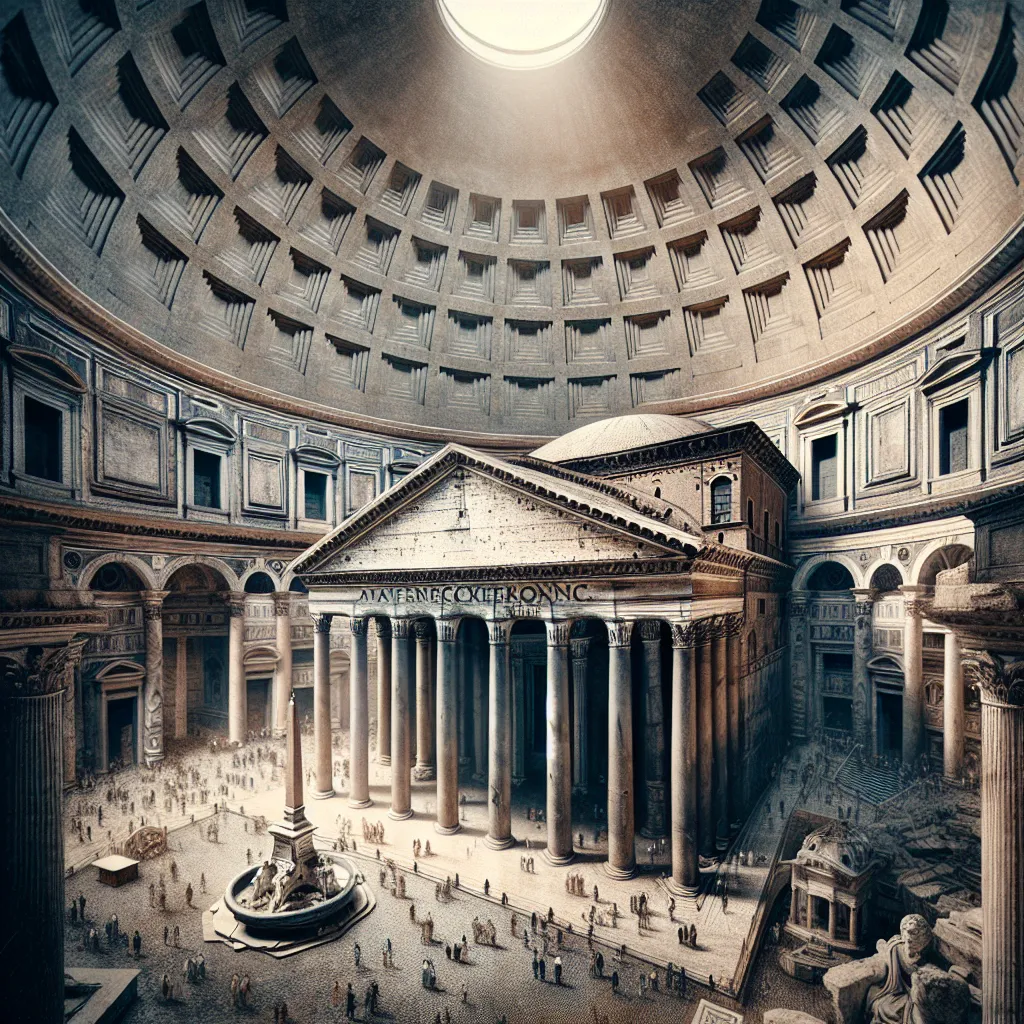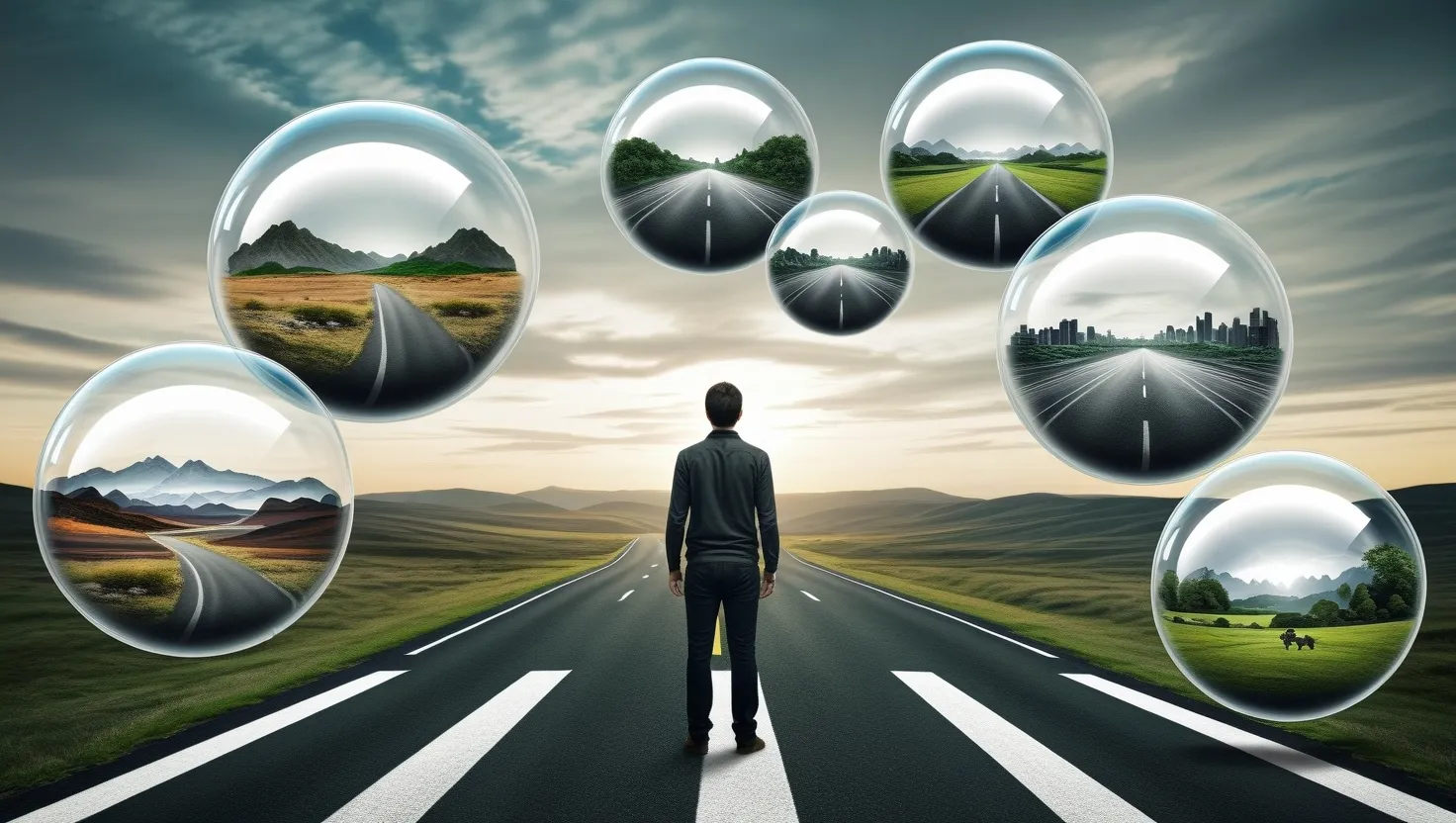The Pantheon: A Masterpiece of Roman Ingenuity
Some experts argue that the Pantheon in Rome stands as one of the most significant buildings ever constructed. It’s not just about its awe-inspiring presence; it’s about the revolutionary technology that went into its making. Imagine a time when lime mortar was transformed into a durable concrete that forever changed architecture. That’s what the Romans did, and they took this innovation to levels of ingenuity that still boggle the mind today.
Take a stroll down the back streets of Rome, and you’ll encounter this marvel that architect Mark Wilson Jones considers among the most important buildings in history. Built in 118 AD, the Pantheon was a temple dedicated to the gods. Today, no one worships those gods, but the building continues to inspire awe and wonder. The first time I saw it, I felt sheer joy being in the presence of something so extraordinary.
When Emperor Hadrian’s architects set out to design a new temple for the twelve main gods of Roman religion, they aimed for nothing short of spectacular. They decided on a vast dome, 142 feet in diameter. By modern standards, that might not seem enormous, but in the 2nd century, it was a massive undertaking. Imagine trying to construct a solid dome with the materials at hand—it would be too heavy to stand. The engineers needed something light yet strong enough to span such a huge gap.
The solution was genius. A large dome pushes outward toward its base, so they built 20-foot thick base walls to support and stabilize the structure. Next came the dome itself. Carpenters constructed a wooden framework, which masons then covered with concrete, building it up in rings from the base. But they couldn’t use uniform Roman concrete for the whole structure; it would collapse once the wooden scaffolding was removed.
Here’s where Roman ingenuity shines. To lighten the load as the layers got higher, they used lighter stones within the concrete. At the base, they mixed in heavy basalt rock for strength. In the middle, they used knuckle-sized pieces of stone. At the top, they used pumice—a volcanic stone that even floats in water. Finally, they left a 30-foot hole at the top called the Oculus. This not only reduced the weight at the dome’s weakest point but also allowed light into the Pantheon’s interior.
The engineering of the Pantheon is incredibly precise. If you fit a sphere based on the dome’s curve inside the square building, it would fit almost exactly. The Pantheon remains one of the greatest structures ever built. It took 1300 years for anyone to construct another dome as large, with the Duomo in Florence in 1420. Even nearly 2,000 years later, the Pantheon holds the title for the largest unreinforced spherical concrete dome ever built, continuing to influence architecture around the world. Spot the difference between the Pantheon and the New York State Supreme Court—the timeless marvel is the one on the left.






